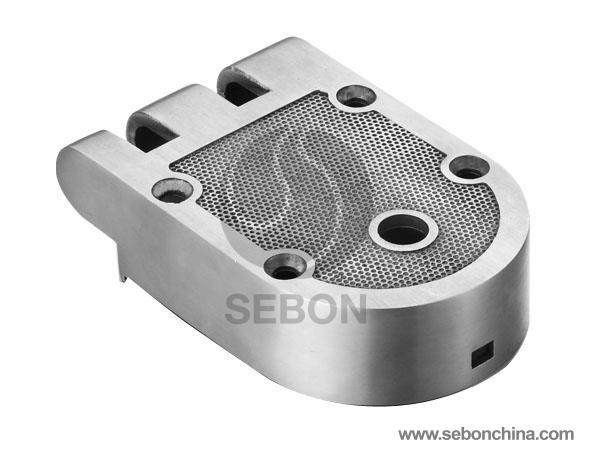
- [email protected]
- 0086-371-86560898

Contact us now for any need or questions about our company or product.


Precision casting temperature control method
Precision casting temperature usually refers to the temperature of the metal melt in the furnace and it’s usually 50~110℃ higher than the alloy liquidus temperature. For the alloy that a crystal forming intermetallic compounds tend to be larger, casting temperature should be appropriately improved. For the alloy that has big crack tendency, for example,the type LC4 alloy flat ingot casting, the casting temperature can be properly reduced. For industrial pure aluminum, casting temperature is mainly in the range of 690 ~ 710 ℃ and the lowest temperature in summer and highest temperature in winter.
Improving precision casting temperature often can make the liquid core length increase, the propensity to increase the organization of the columnar crystal, make the crack scrap increase, and increases the degree of the ingot surface segregation content. In fact, precision casting temperature rises per 30 ℃, the average temperature of the liquid cavity rises 1 ~ 2 ℃ only. Liquid core melt temperature, although only improves 2 ℃, but its influence for the defects of ingot casting andingotstructure is very big. During the production of 10 mm diameter aluminum rod, due to the casting speed, when casting temperature is too high, the top surface of an aluminum rod is easy to appear double skin phenomenon, like fish scale,even with the leakage liquid because of no aluminum solidification.
Too low casting temperature will expand the meniscus surface curing area and prompt the surface of ingot casting cold-lap formation and increase its depth; And likely to lead to crystallization volume order, make the casting organization significant heterogeneity, reduce the mechanical properties of casting. When precision casting at lower temperature,it will cause the larger width of the liquid-solid transition,the melt viscosity increasing,metal solidification in exhaust and feeding conditions deteriorating and make the shrinkage, oxide film, and slag waste increasing.